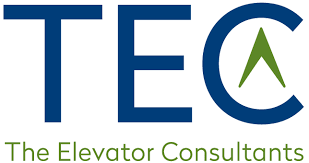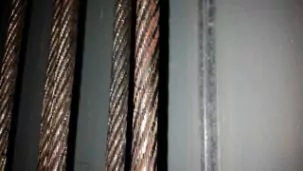Water damage can be a significant problem for building owners, especially when it affects essential systems such as elevators. If your building’s elevator has been exposed to water, it’s crucial to take immediate action to ensure the safety of everyone involved, address the damage, and navigate the insurance process effectively. Here are some important steps to consider:
Prioritize Safety
The safety of all individuals within the building should always be the first concern. In the event of water damage, the building’s authorized individuals should assess the safety of the area and evacuate it if necessary. Safety is the utmost important issue.
Identify the Source of Water Damage
Determining the source of the water damage is critical in understanding the extent of the problem and finding the appropriate solutions. Water damage to your building’s elevator can result from various sources, such as a broken pipe on a higher floor, roof leaks, flooding, or other causes. Once the source is identified, further steps can be taken to repair and restore the elevator to its normal functionality.
Document the Damage
To support your insurance claim, document the damage to the elevator and the surrounding areas. Take clear photographs and videos that clearly show the extent of the water damage and the source of the water if possible. These visual records will serve as crucial evidence during the insurance claim process. Additionally, maintain thorough documentation of all communication with the insurance company, elevator technician, and any other parties involved.
Contact Your Elevator Service Provider
Immediately contact your service provider to survey the elevator and assess the extent of the damage caused by water. Water can cause severe damage to different parts of the elevator system, including equipment, control panels, electrical connections, pit equipment, and more. The technician will conduct a thorough examination and provide a detailed report on the damage and the necessary repair or replacement measures including cost. Always work with your insurance company on coverage.
Contact Your Insurance Company
Notify your building’s insurance company as soon as possible to report the water damage. Provide them with details regarding the incident, including the source of the damage and the steps you’ve taken so far. Follow their guidance regarding documentation requirements and any specific procedures you need to follow. Your insurance company will guide you through the claims process and provide assistance in addressing the damage and associated costs.
Water Removal and Drying
To mitigate further damage and prevent the growth of mold or mildew, it’s crucial to remove any water from the elevator as quickly as possible. Utilize appropriate equipment to extract the water thoroughly. Once the standing water has been removed, employ items like dehumidifiers, fans, and other drying techniques to dry out the affected areas effectively if recommend by authorized building personal. Ensure that all moisture is properly eliminated to avoid long-term damage.
Electrical Component Inspection
Electrical components within the elevator system are particularly vulnerable to water damage. It’s essential to make sure the elevator technician assess all wiring, control panels, and other electrical connections for signs of water intrusion or corrosion. If any damage is detected, these components should be thoroughly dried and inspected to ensure they are safe for operation.
Hire an Elevator Expert
It is always beneficial to hire an elevator consultant for elevator claims that are costly. Elevator consultants are professionals with extensive knowledge and experience in elevator systems and the elevator industry. They can provide expert advice and guidance throughout the repair process, ensuring that all necessary steps are taken and all repairs meet industry standards. Elevator consultants can also assist with evaluating the extent of the damage and coordinating with insurance adjusters to ensure a smooth and successful repair process. An elevator consultant understands what the cost are for repairs, timeframe, parts availability, and the various codes that may be affected when items need to be replaced. An elevator insurance claim can be complex.
Repairs and Restoration
After the extent of the damage has been assessed, repairs or replacements can be carried out. This may involve replacing damaged components, cleaning or replacing wiring, and ensuring that all electrical connections are secure and functional. The elevator service provider should make sure the equipment has been repaired/restored to pre incident/damage condition. Regular elevator maintenance should be returned to scheduled requirements in the service contract to prevent future issues and ensure the elevator’s longevity.
Water damage to your building’s elevator can be a complex and potentially dangerous situation. By following the steps mentioned above, working closely with your insurance company and elevator experts, and documenting the damage and repair process thoroughly, you can effectively address water damage to your building’s elevator. This ensures the safety and convenience of building occupants, minimizes downtime, and helps restore the elevator to its normal functionality. An insurance claim for water can be a difficult situation and working through this process at a minimum can make for a smooth project.

